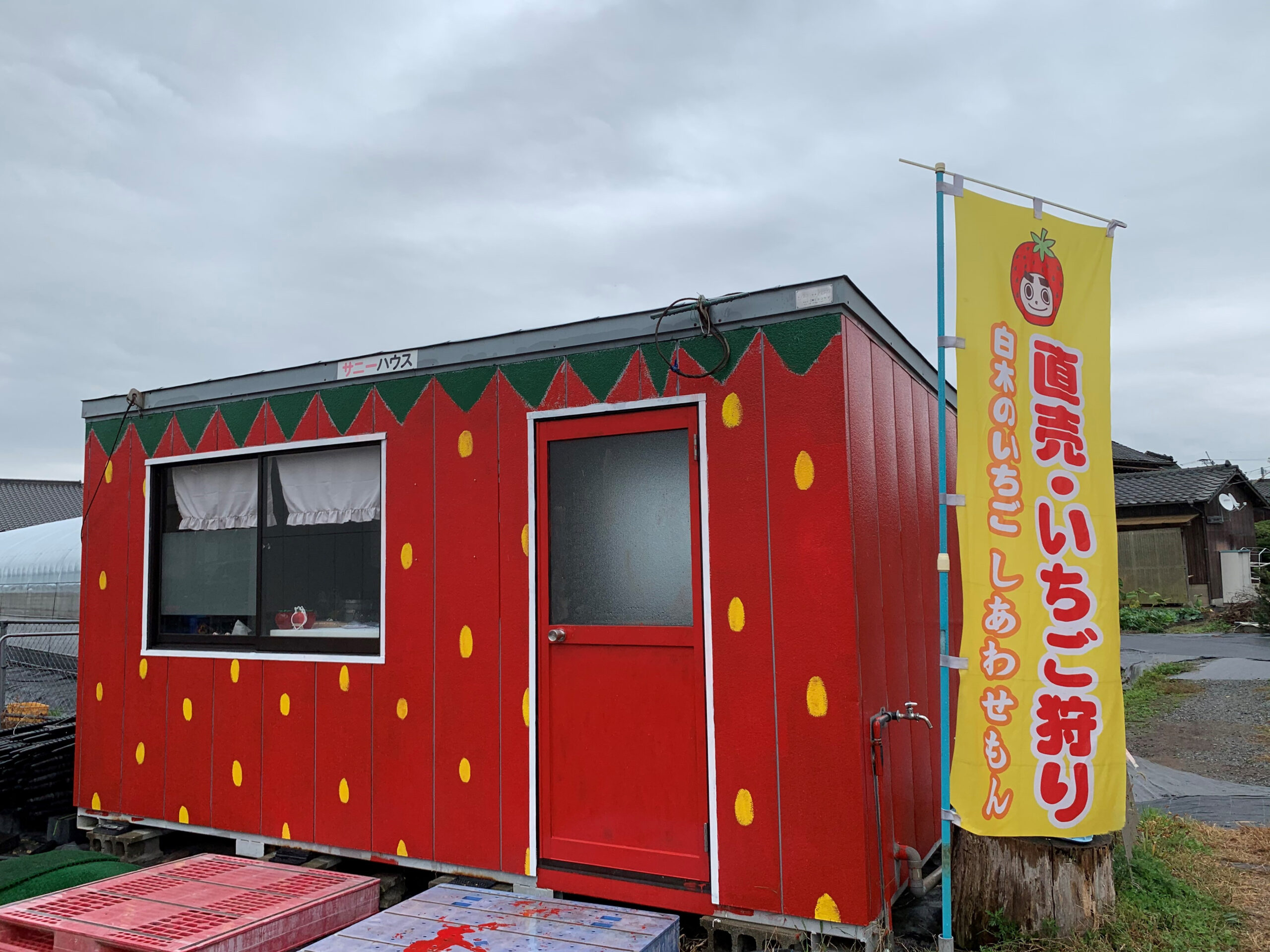
白木のいちご しあわせもん
直売から始めたイチゴ屋が令和6年(2024)で40年。イチゴ狩りは12年。摘み取りやすい2段式の高設栽培。安定のおいしさ、質の高さでリピーターも多い。品種はあまおう、とよのか、おいCベリー、さちのかがある。イチゴ狩りは摘み取り食べコースと摘み取って持ち帰るコース。また直売所もあり、全国発送でき好評だ。ソフトクリームにイチゴをトッピングするコーナーもあるのでソフトクリーム体験もしてみよう。カフェもあり、テイクアウトも可。ヤギのシローも待っている。
Info
Business Hours
Price
Spot Category
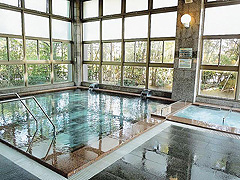
あすてらすの内湯は源泉かけ流し
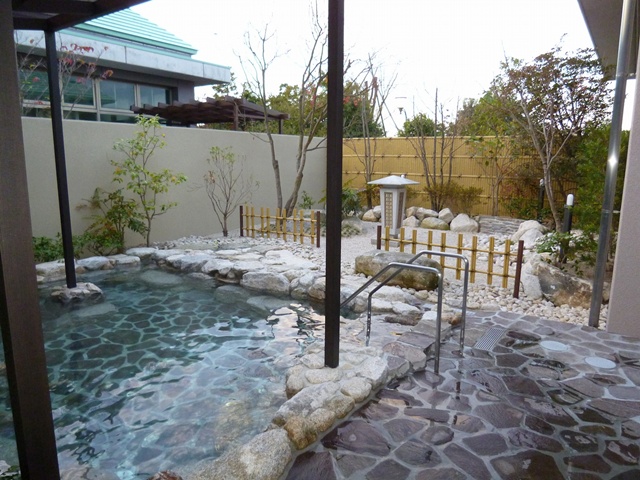
和風の露天風呂

洋風の露天風呂
The information provided reflects the details available at the time of the survey.
Please note that facility details may change due to the facility’s circumstances, so please check for the latest information before visiting.
This content has been translated using machine translation.
Information provided by: JTB Publishing
The content uses an automatic translation service, which is not always accurate.
The translated content may be different from the original meaning, so please understand and use it.

直売から始めたイチゴ屋が令和6年(2024)で40年。イチゴ狩りは12年。摘み取りやすい2段式の高設栽培。安定のおいしさ、質の高さでリピーターも多い。品種はあまおう、とよのか、おいCベリー、さちのかがある。イチゴ狩りは摘み取り食べコースと摘み取って持ち帰るコース。また直売所もあり、全国発送でき好評だ。ソフトクリームにイチゴをトッピングするコーナーもあるのでソフトクリーム体験もしてみよう。カフェもあり、テイクアウトも可。ヤギのシローも待っている。
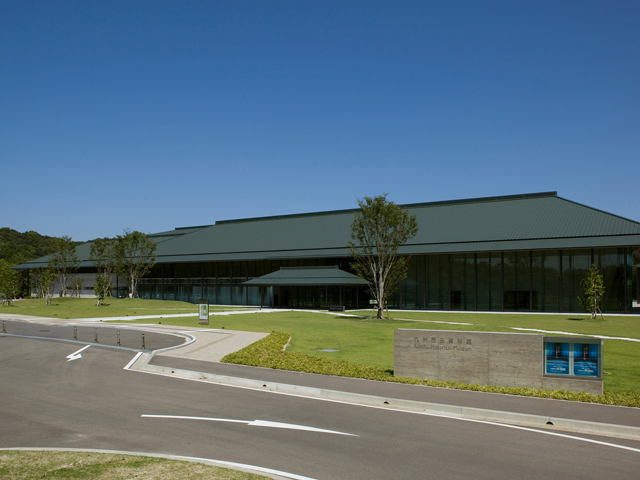
福岡県の歴史研究の拠点である県立の歴史系博物館。古代九州を統括した大宰府政庁跡から出土した鬼瓦や、重要文化財の丹塗磨研土器などの考古資料、古文書、仏像などの展示を通じて、古代から近代に至る福岡県の歴史をたどることができる。また、中庭からは発掘された文化財の修復作業の様子も見られる。土・日曜、祝日には子どもから大人まで楽しめる和同開珎の鋳造体験や瓦マグネット作り(有料)、土器パズル(無料)、本物の土器に触るなどの古代体験があり、歴史を身近に感じ取ることができる。

A town where temples were collected during the Edo period for the defense of Kurume Castle. It is lined with 17 temples, and still retains the features of the Edo period. In each quaint temple there are tombs of many of the predecessors who were active in Kurume. The most well-known people are King Shishi Takayama Hikokuro, the founder of Kurume mochi, Inoue Den, the founder of Kurume Atsuji, Motozo Sakamoto, and the Western painter Harue Koga.
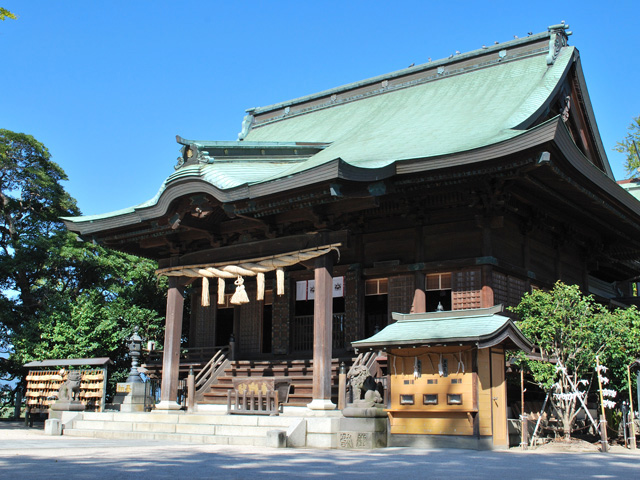
Sōhō-gū of Suiten-gū, which is located throughout the country. The beginning was that Ise, who served Emperor Andoku's birth mother, Takakura Taira Nakamiya [Azechi no Tsuboune], enshrined the spirit of the Heike, who had perished in the Battle of Nōnoura, to mourn. It is known as the guardian deity of asanis, child-giving, water-relief, and children.
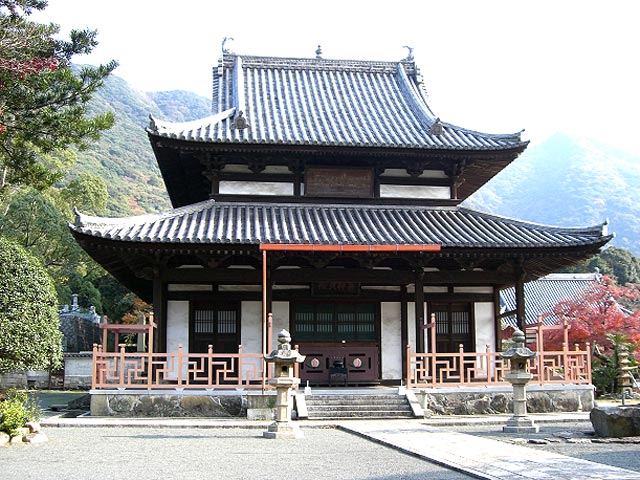
The temple of Obaku sect in a corner of Adachi Forest Park. The feudal lord, Tadamasa Ogasawara, was erected in Kanbun 5 (1665). It was later vanished by military fire and fire of Chōshū Cavalry at the end of the Tokugawa period. The main hall was rebuilt in Kyoho 2 (1717). Kaesando and others were built after the Meiji era. There is a garden behind the main hall, and the Sesshu Garden, which has natural stones in a borrowed view of Mount Ashitate, is a must. Please note that some of the precincts in the direction of the back mountain are unwatchable.
This website uses cookies so that we can provide you with the best user experience possible. Cookie information is stored in your browser and performs functions such as recognising you when you return to our website and helping our team to understand which sections of the website you find most interesting and useful.
Strictly Necessary Cookie should be enabled at all times so that we can save your preferences for cookie settings.
If you disable this cookie, we will not be able to save your preferences. This means that every time you visit this website you will need to enable or disable cookies again.
